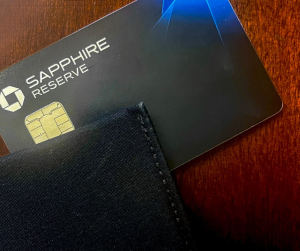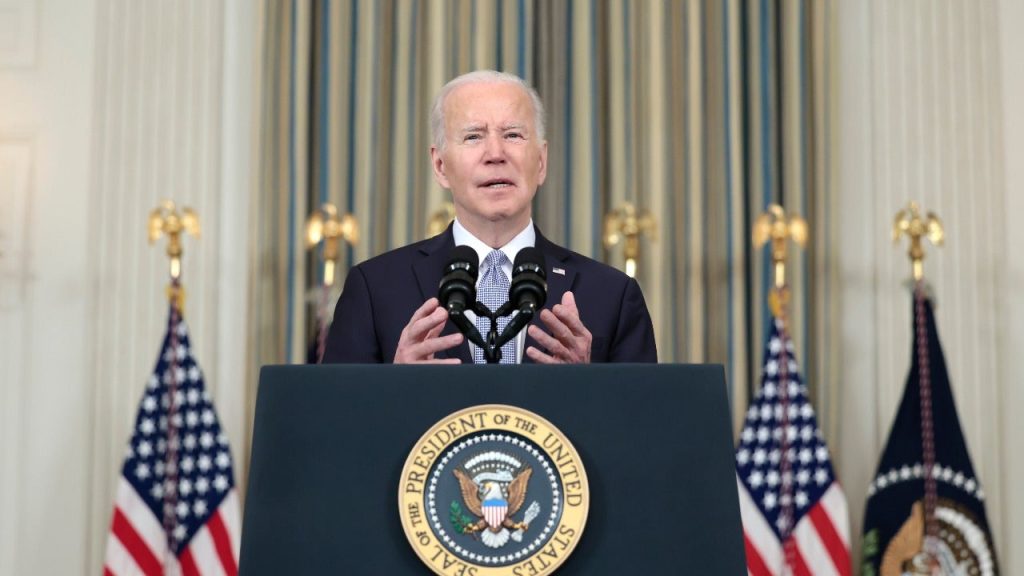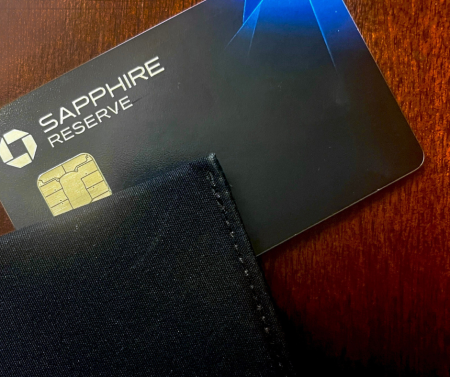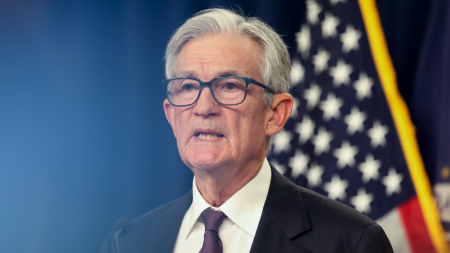Key takeaways
- The Biden administration forgave over $175 billion in student loan debt for nearly five million borrowers.
- While Biden canceled more education debt than any other U.S. president, he did not fulfill his campaign promise for sweeping loan forgiveness.
- Student loan forgiveness is not guaranteed, and there are many assistance resources to help you repay your loans.
At the end of 2020, with federal student loan interest and principal payments paused and total student loan debt reaching $1.69 trillion, Joe Biden became president and brought with him the promise of student debt forgiveness.
While Biden extended the pandemic payment pause the day he took office, he waited longer to present a straightforward path to student loan forgiveness. It wasn’t until August 2022 that his administration announced a highly anticipated, three-part plan for student debt relief. The plan included:
- Canceling up to $20,000 of federal student debt per eligible borrower.
- Making student loans more manageable for current and future borrowers.
- Reducing the cost of college.
Almost two-and-a-half years after rolling out his new plan, Biden’s presidential term will end, and opinions vary on his administration’s success in fulfilling his campaign promise. However, what may be less debatable is what’s in store for student loan forgiveness under the newly-elected Trump administration.
Before looking into Trump’s plans for student loan forgiveness, reviewing what Biden did and did not accomplish during his tenure can show borrowers the importance of setting themselves up for success instead of waiting for relief.
Student loan forgiveness under the Biden administration: Success and failures
“It is remarkable that opinions are so sharply divided on the Biden administration’s efforts involving student loan forbearance or relief,” says Bankrate Senior Economic Analyst Mark Hamrick, “but perhaps not surprising given the highly polarized political environment.”
Along with political leanings, personal experience can also sway one’s opinion. For the almost five million borrowers who had their loans forgiven, Biden may have fulfilled his promise. But for the millions of others who felt they were assured $10,000 to $20,000 in forgiveness — and got as far as applying for it — he may have failed them.
Mark Kantrowitz, a leading student loan expert, provides a balanced view of Biden’s successes and failures. While he notes the President’s ability to automate several types of student loan forgiveness and forgive more student debt than any previous president, he criticizes his unnecessarily drawn-out payment pauses and a repayment plan that was much more extreme than previous ones.
Where Biden succeeded
Improving forgiveness programs
“The Biden administration did an excellent job of improving and expanding existing student loan programs so that they worked as intended,” says Bridget Haile, chief customer officer for Summer, a workplace student loan solution that helps employers provide benefits like student loan retirement matching and tuition assistance. “Thanks to the administration’s updates to programs like the PSLF waiver, IDR adjustment, changes to borrower defense and disability discharge, people started to experience real relief when it comes to student loan debt.”
Those updates resulted in the cancelation of over $175 billion in student debt. A breakdown of this total amount includes:
- $74 billion forgiven through the Public Service Loan Forgiveness (PSLF) program
- $56.5 billion forgiven through income-driven repayment
- $28.7 billion through closed school discharges, borrower defense and court settlements
- $16.2 billion through total and permanent disability discharge
Of note is the PSLF program. Before the start of his administration, only 7,000 public servants had received forgiveness through the program. Today, over one million people have received forgiveness through the program.
Increasing the Pell Grant maximum
In addition to canceling debt, Biden was able to lower it for some. Under his plan to reduce the cost of college, his administration increased the maximum Pell Grant award by $900 — more than double the increase from the previous administration. The maximum amount awarded for the 2021-2022 academic year — Biden’s first in office — was $6,495. Today, eligible students in need can receive up to $7,395 in aid they do not need to pay back.
Where Biden fell short
Implementing sweeping loan forgiveness
The most ambitious part of Biden’s plan was the one-time cancelation of up to $20,000 in student loan debt for each borrower earning under $125,000 ($250,000 if married). However, in the summer of 2023, the Supreme Court ruled the plan was unconstitutional and could not continue.
Biden then scaled back his original plan and launched the Saving On A Valuable Education (SAVE) plan, which would dramatically reduce monthly payments and provide forgiveness for 25 million federal student loan borrowers. Shortly after the announcement, seven states sued the U.S. Department of Education, claiming the plan was illegal. The program remains tied up in litigation, with SAVE plan participants on an extended payment pause.
“Given that the courts have not sustained some of the moves, they will not have been seen as fully successful as envisioned,” says Hamrick, “perhaps even seen as poorly conceived administration actions, instead of legislation approved by Congress.”
While critiques like this may leave some egg on Biden’s face, the real impact is on those who ran with the promise of debt relief and put all their eggs in one basket.
“His pursuit of broad student loan forgiveness — as opposed to targeted loan forgiveness based on the borrower’s inability to pay — created a false expectation among borrowers hoping for forgiveness,” says Kantrowitz. This failure may have dire financial consequences for borrowers who expected loan cancelation and are not equipped to resume payments.
With a new administration coming in, student loan forgiveness looks less promising for millions of Americans, especially because many of the changes were made through executive action, which makes them easier to reverse, according to Haile.
What this means for student loan borrowers
The most significant lesson borrowers can take away from everything that happened during this Biden administration’s tenure is this: the only entity you should rely on for getting rid of student loan debt is yourself. However, there are ways to make it easier.
Borrowers in repayment
Stay current on student loan news and make your student loan payments on time to avoid defaulting on your loans. If you need help affording your payments, contact your service right away to see what options you may have. If you have private loans, consider refinancing your student loans to lower your interest rate or change your repayment term, but only if it makes financial sense.
Even if you qualify for forgiveness through a program such as PSLF you’ll usually need to do the work to get it. That includes making consistent monthly payments for years until you qualify and filling out the application and submitting the necessary documents when you do. If you have concerns or questions, review your loan details and program requirements, contact your loan services or consult a student loan specialist.
Current and future borrowers
While there are currently changes and challenges to the program, federal student loans are always the first resource for funding your education. They don’t require a credit score to qualify; have a lower, fixed rate that’s the same for all borrowers; and may qualify for income-driven repayment plans and loan forgiveness. You can apply for this financial aid by filling out the Free Application for Federal Student Aid (FAFSA). Based on the information you provide, you may be awarded grants and work-study in addition to federal student loans.
To better prepare for entering repayment, use a student loan calculator to see your estimated monthly payment based on various terms and interest rates. You can use it to choose the best term and loan amount for you, see how much you’ll pay in total interest, or prepare your budget to fit the new payment.
Bottom line
Student loan forgiveness isn’t guaranteed, even when it’s promised. It wasn’t provided to most student loan borrowers in the past four years, although the current administration tried several ways to grant it. Student debt relief will likely not be a priority for the next president, so current and future borrowers need to do the work themselves and with more reliable forms of assistance to set themselves up for success.
Read the full article here












